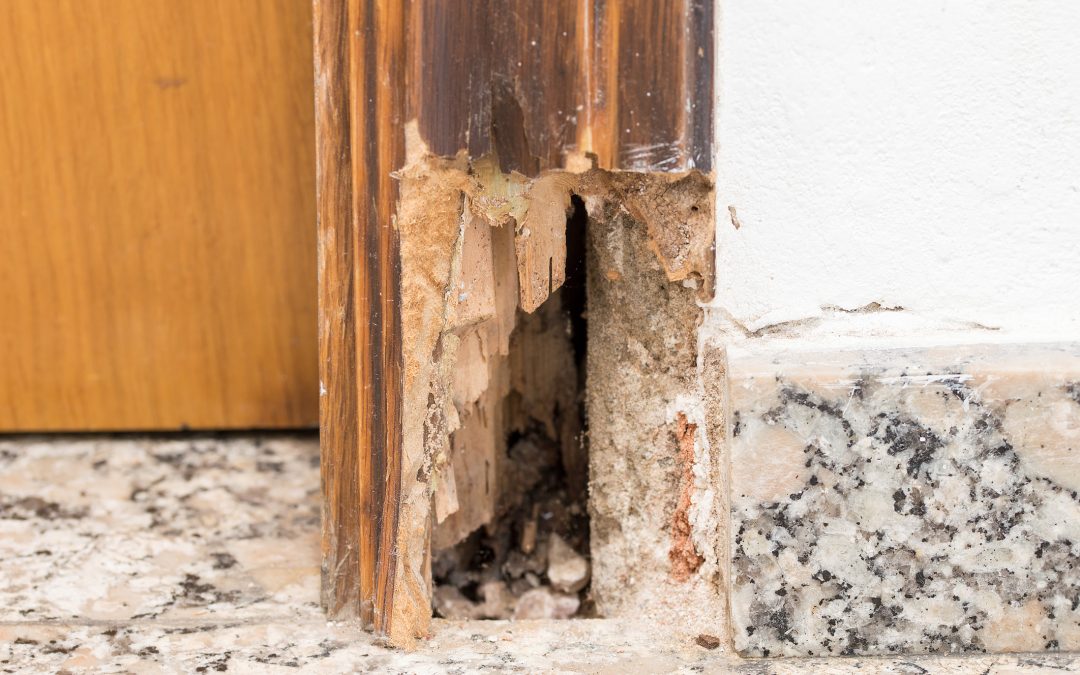1. Frass
Frass is a sophisticated term for a material that wood damaging insects produce. Where dry wood termites are concerned, it signifies the presence of fecal pellets that termites propel from their tunnels. These droppings are hard and dry. They are found on floors near baseboards, window sills and different hardwood.
The droppings are also present beneath hardwood furniture or wooden fences. Subterranean termites cannot produce frass as their feces remain in their tunnels. For this reason, it is challenging to detect these termites, making them more destructive.
2. Damage
You might notice the damage that dry wood termites cause. The damage occurs to hardwood, and if these tunnels are exposed, the trenches are arranged together. Subterranean termites mainly eat the wood interior.
It is hard for you to note the damage unless you undertake some renovations. The tunnels that subterranean termites create feel gritty when you touch them. The subterranean termites propel the soil upwards into their tunnels for moisture sustenance.
3. Shelter Tubes
4. Hollow wood
5. Clicking
6. Swarmers
When property owners see swarms, it prompts them to seek help. It is hard to ignore termites when they appear in your business or home. However, when swarmers are outside, you may not notice them. Swarms do not survive for over 30 minutes.
Below are some points you need to know about swarmers:
• They are dark orange or black with long white wings with round tips.
• A termite swarmer’s wings are piled on top of one another.
• Swarmers are around 3/8 inches long only.
• When mating, the swarmers shed their wings. The wings are the only sign that a swarm exists.
Termite signs & control
At times water damage and termite damage may look the same.
Exterior signs of damage caused by termites include:
• Buckling wood
• Swollen ceilings and floors
• Noticeable mazes in furniture or walls
• Additionally, termite infestations can produce a scent similar to mould or mildew.
Do you suspect you have termite activity? If so, it is best to get the help of an expert termite control firm. After the elimination of the termites, you should have termite damage repairs. The key to alleviating a termite problem is handling it early. It prevents more damage from occurring.
 38 Challen Rd, Logan Village QLD 4207
38 Challen Rd, Logan Village QLD 4207 


